Why Paint Change Color When Wet?
All your questions about paint changing color when wet are answered in this article.
Painting the rooms in your house or changing the design of your bedroom is like therapy for many of us.
While some people stress once they have to go to the store and choose paints, tools and decorations, others enjoy this process, and mostly, they enjoy the result.
We bet that you’re type two, if you’re here.
Well, if you decided to redesign your bedroom, kitchen, bathroom, or living room, you have probably got the paint color (or colors) you really like.
Something went wrong?
Did you notice that the paint changes color when wet and put on the walls? Been there, done that! Don’t worry, we’ve got you.
What Paint Changes Color When Wet?
So, does the paint really change color when wet or it just looks like that? Going a bit forward, that’s what usually happens to amateur painters: when paint dries, it looks like the paint applied to walls took on a darker or lighter hue.
Here’s a trick: if you take a swatch of paint in a store just from the bucket, it will look completely different.
There are many reasons for this like saturation, lightning, color and material of the sample you used to take a swatch.
Unfortunately, you can’t really define a paint’s color by how it appears in the container when it’s still wet.
If you rely on paint palettes to determine the final hue, you may be disappointed.
But what if you have already purchased a paint option and processed the walls, and the color seems different?
There are several ways a paint can change its color when wet and dry:
- Lightning
- Sheen
- Human perception
- Paint features
Since there are so many variables that influence how paint looks after it dries, we’ll look into all of them.

Credits: IgorVetushko, via Crello.com
Table of Contents
Lightning & Angle
Did the paint change color when wet turned dry? Imagine the disappointment when, seeing a painted wall or room you find out that the color became slightly darker or lighter.
And to blame for this is a fairly common problem called metamerism, a term that refers to a change in color depending on the conditions of observation (lighting, etc.).
If you’ve ever gone out of the sun and into the shade, you know that light has an impact on how objects appear, particularly their color.
Obviously, paint hues are not immune to this physical feature.
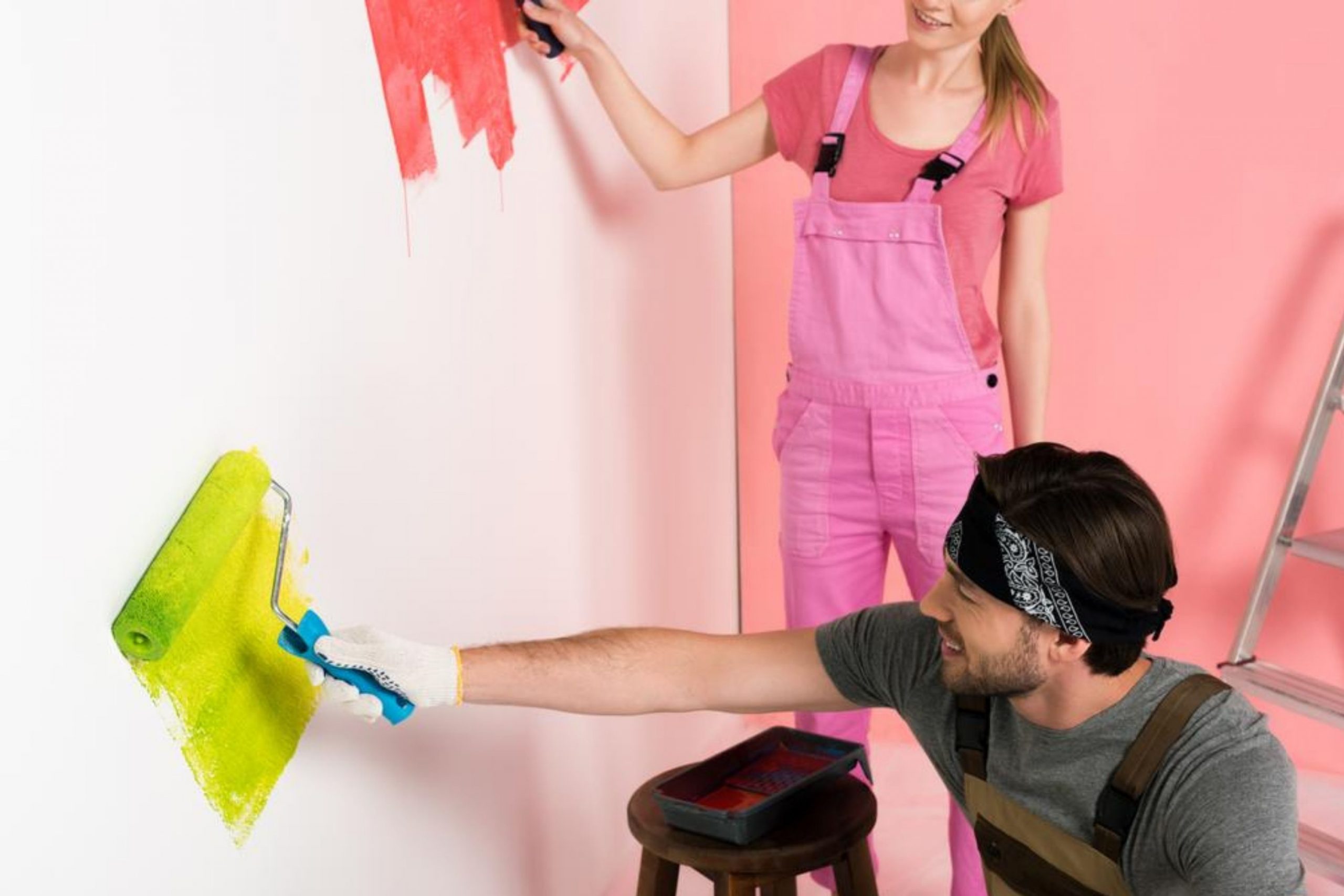
Credits: IgorVetushko, via Crello.com
The colors that you see in any room are ultimately determined by how the room is lighted.
As natural light enters and exits the space, this may fluctuate throughout the day. This appearance will be affected by various lighting fixtures and intensities.
Remember that the color chosen from the catalog will never look the same in different rooms and even on different walls of the same room.
This color will appear much brighter in intense daylight than when it was just applied and wet.

Sheen & coating
The color may be perceived differently depending on the gloss of the painted surface. So, on a matte surface, the color will be light, and the same color on a glossy surface will appear darker and more saturated.
Sheen is perhaps the most important aspect of paint – gloss. What does it mean – “shine”. This refers to the paint finish. Finishing is simply how the paint manufacturer displays the color of the paint.
Let’s say you have a can of royal blue paint. It can have several different finishes: flat, matte and glossy.
The matte surface has no sheen or gloss. It is ideal for covering a textured wall such as drywall that has been poorly primed.
Without gloss to reflect light, flat paint absorbs more light than its glossy brother and is therefore able to hide wall contours that glossy paint could not.
Gloss paint has a reflective sheen that also acts as a protective barrier between the pigment in the paint and the environment in which it is applied.
It’s worth noting that the gloss of the paint will either intensify or cancel out these light interactions.
Matte or flat finishes, for example, absorb more light than they reflect, so their colors will remain consistent under most lighting conditions.
High-gloss paint, on the other hand, reflects a lot of light, therefore its look is largely determined by the amount of light bouncing off it.
Knowing this ahead of time may help you make more confident color and shine choices.
Each color that you have chosen must be checked by painting at least 1 sq.m. the surface you plan to paint.
Only after that make a decision to purchase the required amount of tinted paint.

Credits: AllaSerebrina, via Crello.com
Related: Can You Paint Trex? Detailed Guide
Your Eyes Can Lie to You
Our brain processes everything we see, feel, touch, etc. This is why two people might see the same circumstance in very different ways.
Furthermore, depending on how many active rods and cones we have in our eyes, our physiology influences how we perceive colors.
Simply saying, our eyes have the ability to deceive us.
You may recall an optical illusion (or a variation of it) in which a thick line appears to be lighter on one side and darker on the other when it is lying on top of a gradient background. When the background is removed, the line is shown to be a single solid color.
So, are you still sure that you saw paint change color when going from wet to dry?

Credits: ufabizphoto, via Crello.com
Related: 12+ Ideas For Your Living Room Color Palette
Which Paint Did You Use?
Most manufacturers offer four types of dispersion paints that provide different effects of color changing paint when wet:
- Acrylic. This paint is vapor-permeable, stable and does not change properties through the lifespan. The surface painted in one layer dries in three hours. After drying, acrylic lightens up and looks a bit brighter than when the paint was wet.
- Latex. Vapor-permeable, resistant to water, elastic and durable. One layer takes up to two hours to dry. After drying, latex paints become darker because of the solvent evaporation.
- Vinyl. Based on polyoctane vinyl, this paint is almost not resistant to moisture. It dries in 1-2 hours and is inferior in properties to acrylic and latex paints.
- Combined (paints on a mixed basis) paints have a number of variations, including acrylic-vinyl, latex-acrylic, etc.
The properties of such paints combine the properties and features of the bases used in the composition.
Such a combination might have glossy, semi-matte and matte finishing.

Credits: DragosCondreaW, via Crello,com
Can Paint Change Color Over Time?
There are a number of factors that can cause your paint color to dry out over time, and it’s often more just a case of it getting darker or lighter.
For example, some coloring tools can cause the paint to yellow over time, even if the actual paint has become darker or lighter during the initial drying process.
Depending on the ink carrier used, this is usually unavoidable, especially for fast drying inks.
Can UV Damage Exterior Paint?
Yes, bright and light paint colors can fade when exposed to UV rays for a long time.
The pigment in faded paint has been affected in some way by an environmental cause, resulting in a completely different color.
It is better to keep this factor in mind when you decide to buy paint colors for your house interior.

Credits: yacobchuk1, via Crello.com
Is There Actually a Paint That Changes Color When wet?
Hydrochromic Wetness Indicator Ink was introduced years ago, and it has been working with early adopters to market it.
This one-of-a-kind chemical detects moisture and changes color in substrates that must be monitored for wetness, such as infant and adult diapers.
Apart from this, there’s also hydro-enamel that is used for painting cars.
Car paint that changes color is not science fiction and not a distant future. Any car enthusiast can use this tool today to make the design brighter and more diverse.
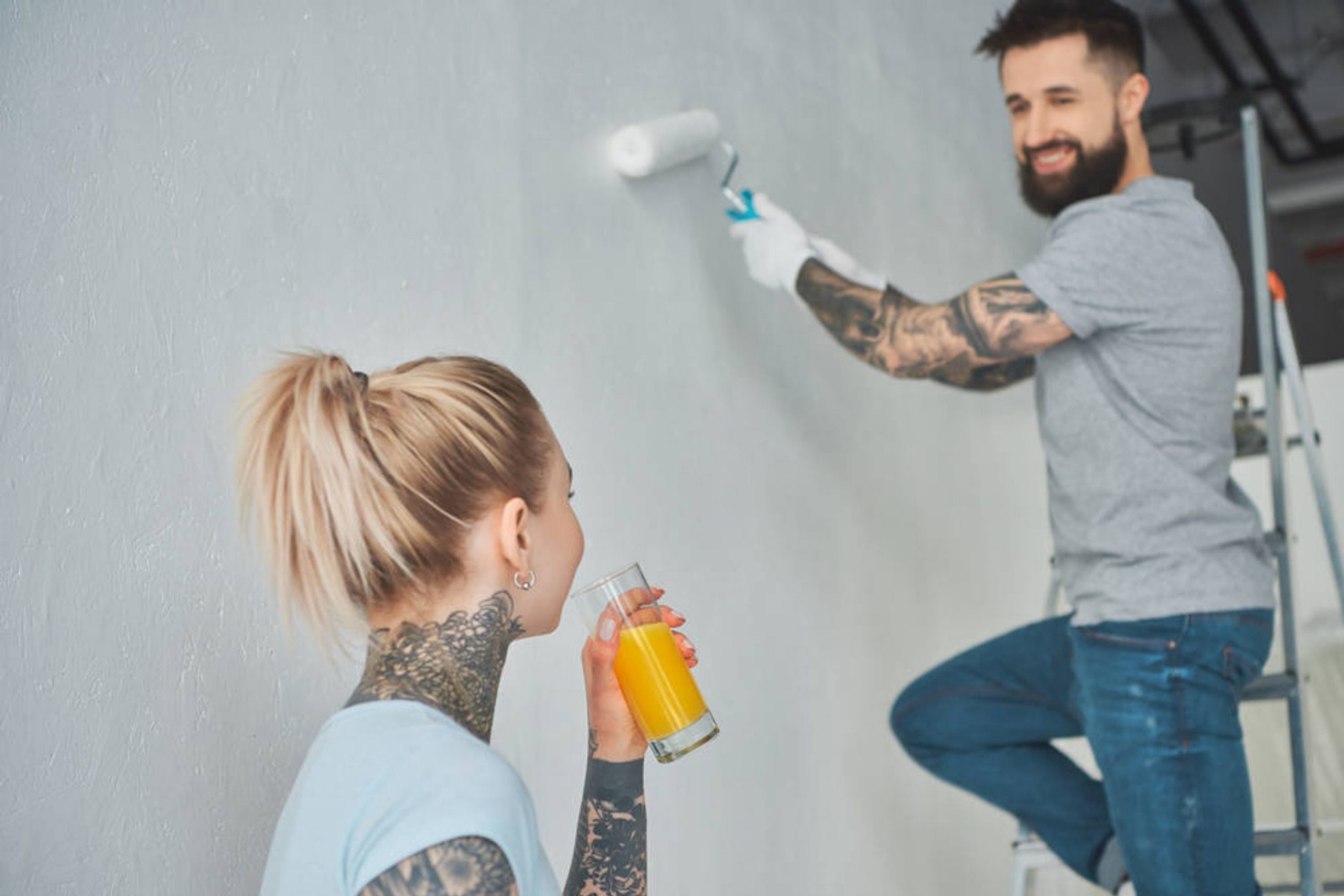
Credits: AllaSerebrina, via Crello.com
Hydrochromic paint for cars
Hydro-enamel, or hydrochromic paint, is a special kind of paint that changes color when wet. It is usually used for car customisation.
More often, hydrochromic paint is applied only to individual parts or in the form of drawings, and part of the body is painted in a different material.
In the rain, the car will take on an unusual look, because the decor will show through on the base.
Hydro enamel is based on special dyes in the form of crystals that are sensitive to moisture.
Hydrochromic paint allows you to change the car color when wet. Special wet-sensitive microgranules, when dry, make this enamel an ordinary clear coating.
However, under the influence of water, the white paint relives the color.
There is no need to completely paint the car with a hydrochromic paint.
It is enough to apply it to certain areas, hiding the decorative elements that will appear when the car gets wet.
Such substances are non-toxic and do not harm human health or the environment.
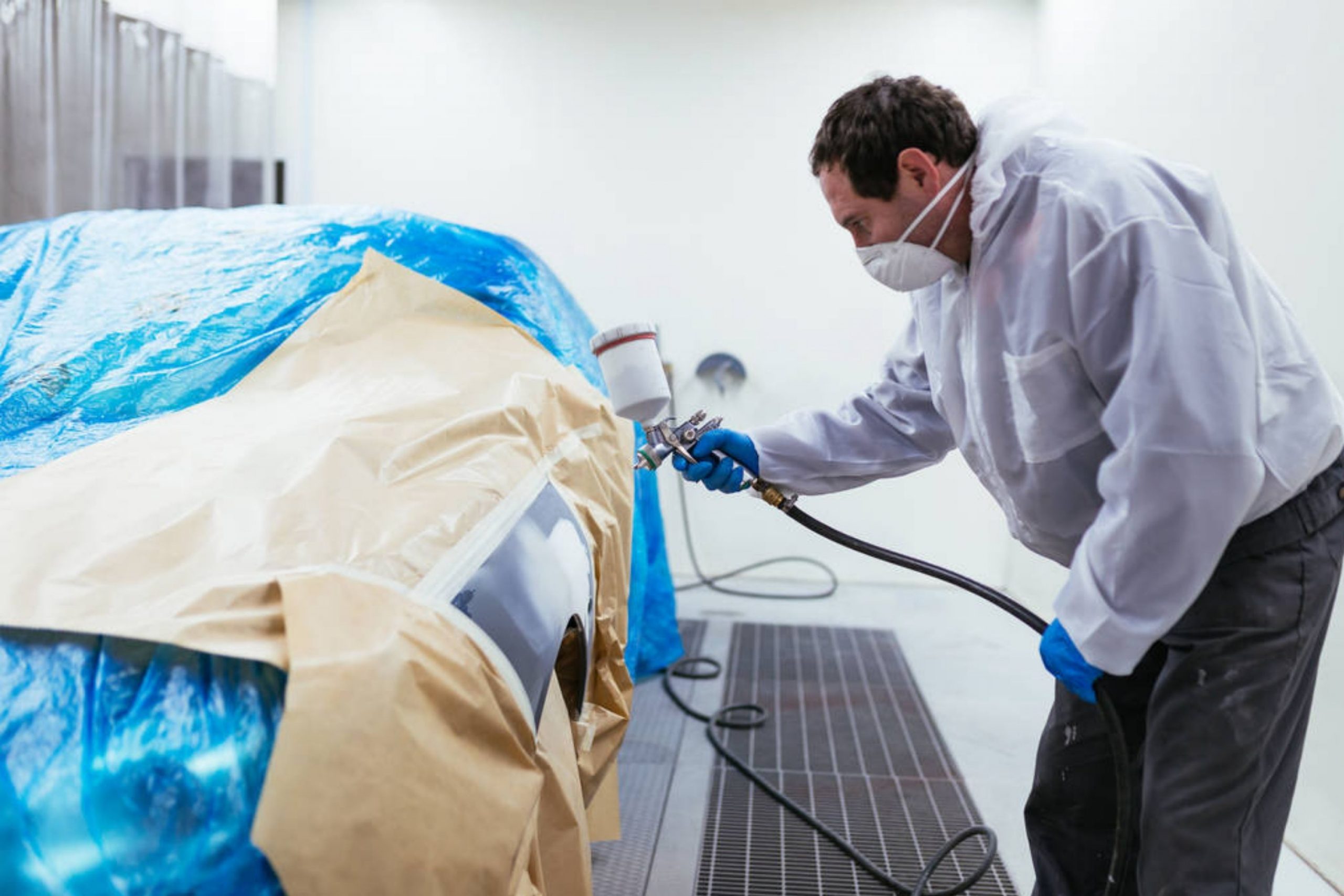
Credits: nenadovicphoto@gmail.com, via Crello.com
Does Interior Paint Really Change Color When Wet?
Okay, let’s get back a bit and solve the mystery.
Many people walk away from their walls after applying a coat of paint, exclaiming, “Hey, that’s not the color I wanted!” However, there is a very obvious reason for this.
Remember that the freshly painted wall is wet.
This wet paint is not the same color as the color swatch you saw at the store.
All paints, whether oil or water-based, contain a solvent that evaporates during application. So, your true color will emerge once it has entirely vanished.
Light is absorbed or refracted by the aqueous or oily solvent particles, which prevents light from reaching the pigment and darkens it.
The solvent evaporates as the pigment dries, allowing the pigment to absorb and reflect light to obtain its true color, which is identical to the color swatch in the store.
It’s similar to how a soaked T-shirt appears darker. However, after drying, it returns to its original hue.
The same process is applicable to paint.
When the paint dries, it does not become lighter or darker.
The paint may appear lighter or darker than expected during application, but good paint should always dry to the color indicated on the cap or color swatch.
Speaking about exceptions, it is believed that more layers of paint on the same surface will result in the paint appearing darker.
This can happen both because extra layers of pigment are added on top of each other, making it more visible, and because the pigment condenses on its own when water settles or oil oxidizes out of the paint.
Some specific types and colors of paint specifically advise against applying more than two coats of paint to the same surface, due to the fact that this effect builds exponentially and can result in a completely different shade of color.
Since this usually depends on the specific paint formula and pigment chart used by each brand, it is also color independent, so always check your paint label for specific recommendations.
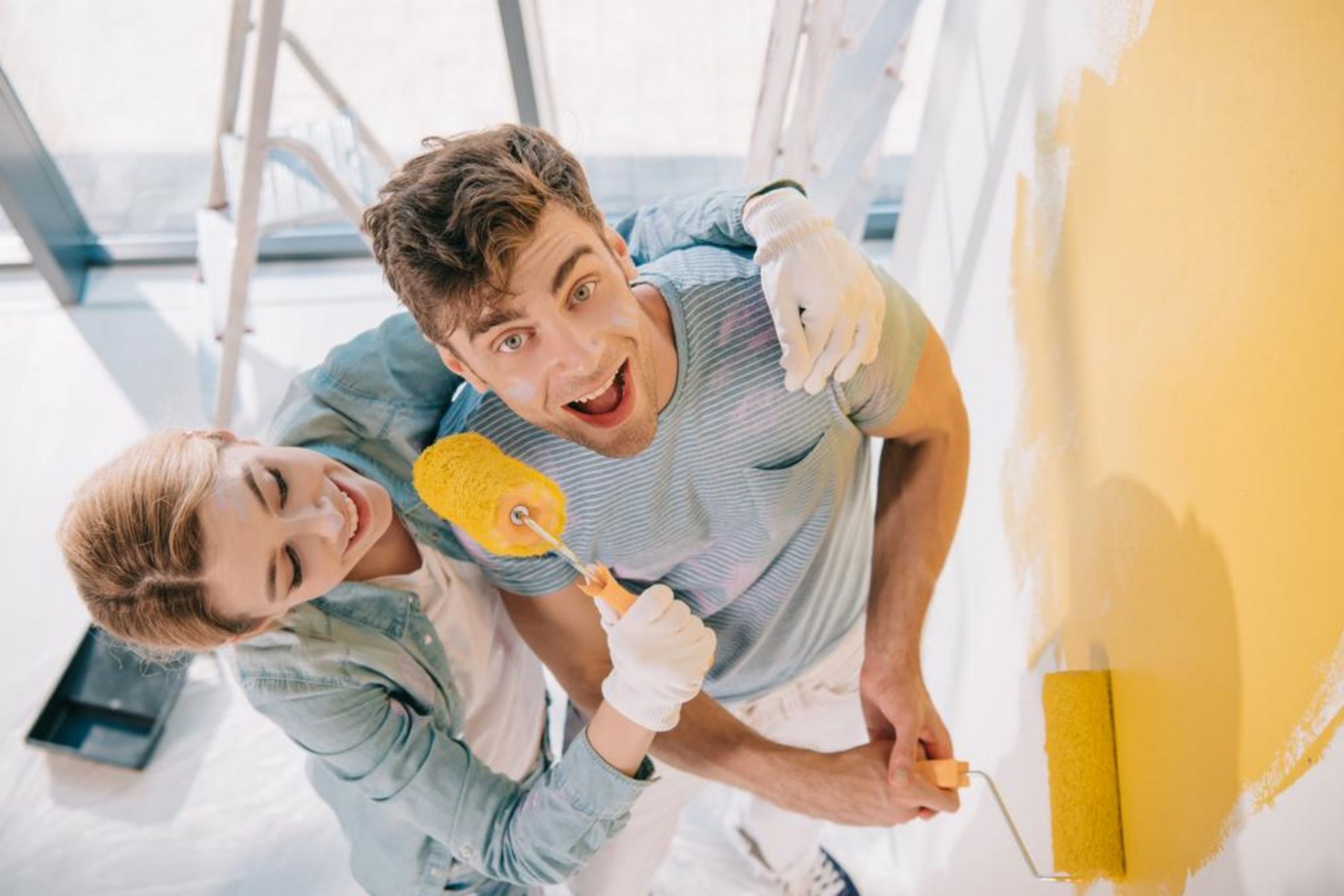
Credits: IgorVetushko, via Crello.com
Tips for Avoiding Paint That Is Darker or Lighter Than Expected
Here are some suggestions for preventing paint from changing its color.
This isn’t an exhaustive list, but here are some things to think about before starting your next painting project.
- Purchase high-quality paint since you get what you pay for.
- Always paint when the temperature is over 60 degrees Fahrenheit.
- Always apply a primer before painting.
- Make sure the humidity level is less than 70%, preferably around 50%.
- Before you use your paint, give it a good stir.
- Instead of touching up your paint, repaint the entire wall if necessary.
Summing it all up, we hope that you found out why paint changes color when wet.
There are many reasons and some of them really work, some of them are just people’s optical illusions.
However, there are also some things you should remember to buy a good paint option for your repairing, and we’ve mentioned them right above.
Ever wished paint sampling was as easy as sticking a sticker? Guess what? Now it is! Discover Samplize's unique Peel & Stick samples. Get started now and say goodbye to the old messy way!
Get paint samples




Frequently Asked Questions
⭐What is the paint called that changes colors?
This is hydro-enamel, or hydrochromic paint.
⭐ Does paint change color over time?
Yes, it may because of different environmental conditions such as UV lights.
⭐ Are there other paints that can change the color of a car?
There’s also thermochromic paint for cars that changes color because of temperature influence.
14 thoughts on “Why Paint Change Color When Wet?”
Leave a Reply


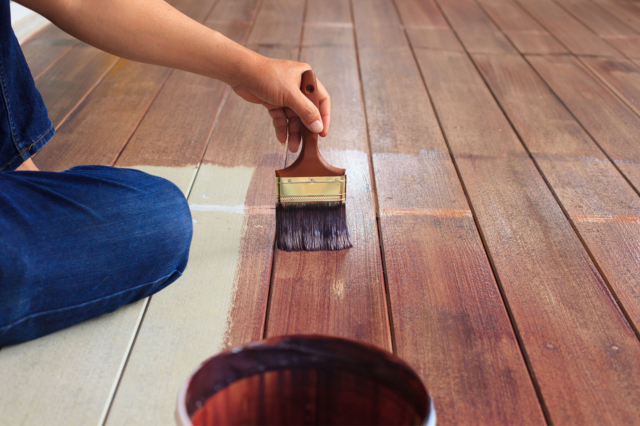
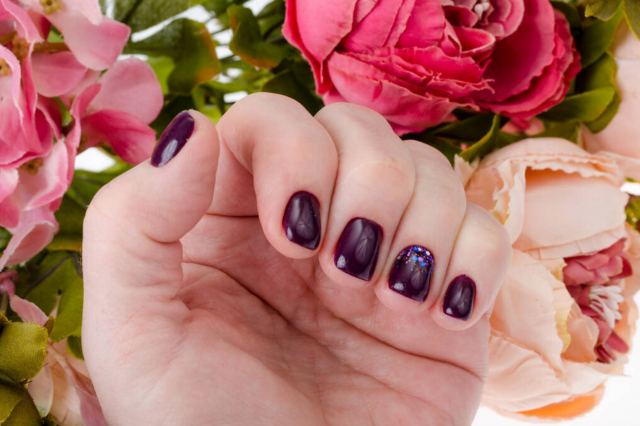




I bought some blue paint to refresh my bedroom a bit, but after it dried, I realized the color is much lighter than I expected! And it’s not the lighting, the color looks light all the time. Does anyone know how to darken paint on a wall?
Why is my paint drying different colors?! I had this issue last time I was painting my kitchen, and now I’ve faced it gain in my living room. What do I do wrong?
I’ve just painted my kitchen walls, but the color seems to be a bit darker than I expected. Does anyone know how long it takes for paint to dry to its true color?
I guess you will see the true color in a couple of hours or a bit later, depending on the drying conditions in your kitchen (e.g., humidity, the air temperature, etc.).
Does anyone know whether gray paint dries lighter or darker? I’ve found a lovely shade of soft gray I’d like to try on my bedroom walls, but I’m not sure whether it will read exactly the same when it dries!
As far as I know, paints typically dry a bit darker, especially if you use an oil, acrylic, or latex paint. But if the paint is mixed correctly, the color on the walls should not differ from the color on a swatch!
Does white paint change color over time? And what factors can affect the way it reads on the surface?
Any paint color will change its color over time. Paint will fade and discolor due to exposure to sunrays and other elements like rains (if we’re talking about the outdoor surfaces). Also, washing and cleaning products can affect the color, as well as dust.
Any paint color will change its color over time. Paint will fade and discolor due to exposure to sunrays and other elements like rains (if we’re talking about the outdoor surfaces). Also, washing and cleaning products can affect the color, as well as dust.
Hi! Do you guys know what hydrochromic paint is? I’ve recently heard this term from a guy in a store, but I didn’t find any clear explanation of it.
Well, if I’m right, hydrochromic ink/paint is the type of ink or paint that can change color and become transparent when it gets wet or if moisture is present. I can hardly imagine where and for what it can be used, but sounds like a fun stuff!
I’ve recently bought an apartment from the previous owner, and I want to repaint the walls. But here’s the question: does paint change color over time? Will I have to repaint them again in a couple of years or more? Some rooms in my new apartment are faced South, so I’m afraid that sunlight can make the color fade. What do you think?
Of course, the color of your walls will change! See, over time, sunlight and dirt will gradually change the initial color of the wall paint. However, I’d not say you will notice it since you will be seeing the paint every day!
Oh wow! I thought that the car that changes color when wet is a complete myth! Can I buy such a paint anywhere? I would like to try it.